It is happening fast. PricewaterhouseCoopers has introduced a chatbot service for its lawyers, joining the ranks of professional services firms using artificial intelligence to boost productivity.
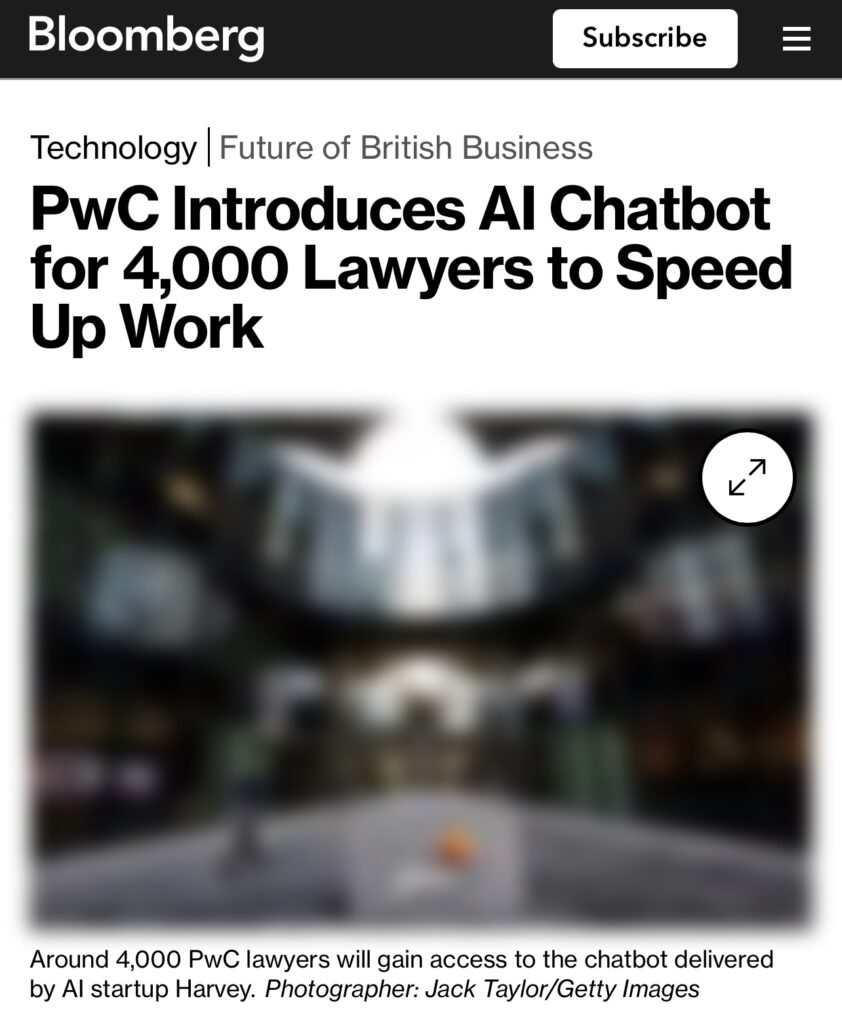
It is clear that many industries will be dramatically effected by the developments now and in the future.
Yes, John Wick did break the all-time-high on Reddit AMA. Who would have thought anything else?
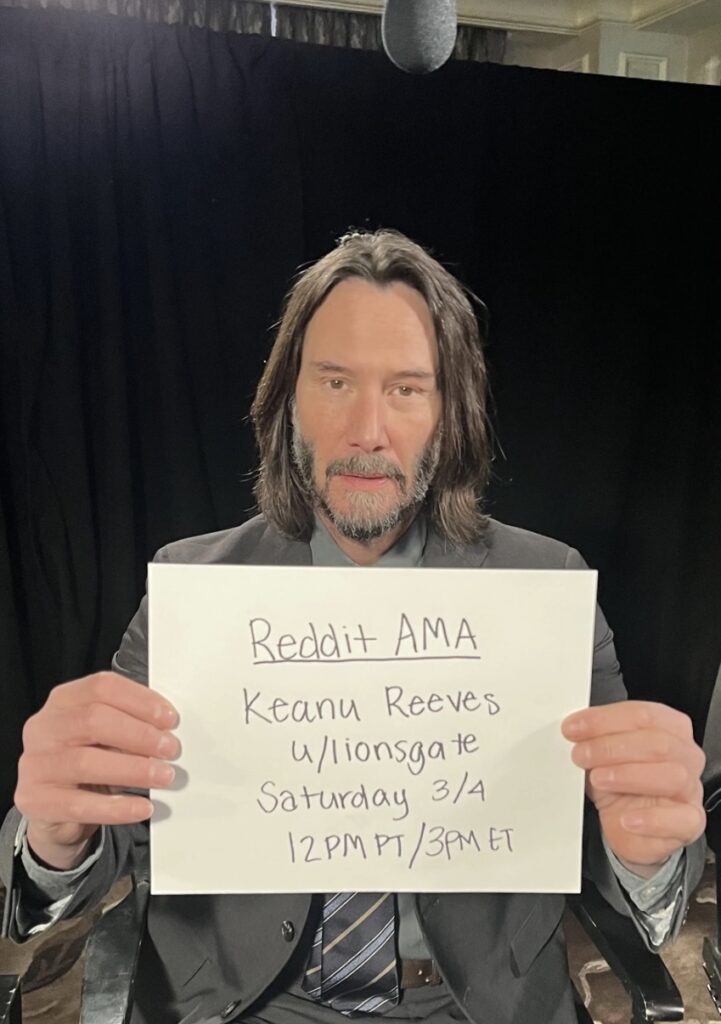
https://www.facebook.com/reel/1275136490099730?fs=e&s=TIeQ9V
The period of 2020 to 2022 saw a historical spike in container freight rates.
My old friend and colleague Jan Hoffman, Head, Trade Logistics at UNCTAD, has written another insightful piece about the world of trade of today. A thought provoking text.
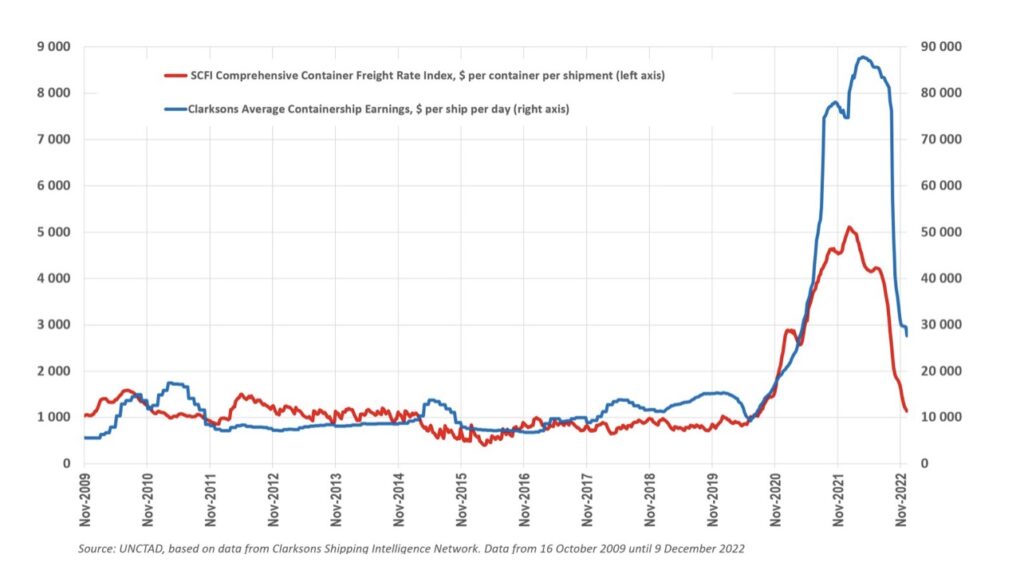
Jans conclusions are;
- If we have learned one thing from the 2020-2022 supply chain crunch it is that a shortage of shipping supply capacity can lead to extreme surges in freight rates, which have a strong bearing on food security, inflation, and global value chains.
- What lies ahead of us with the energy transition in maritime transport is potentially a shortage of shipping capacity in many shipping markets on numerous occasions over the next decades.
- We need to provide a stable multilateral framework – ideally via the IMO – to avoid this to happen. Both, public and private sector, need to direct funding towards sufficient investments in ports, ships, energy generation and distribution.
Read the article here: The end of the supply chain crisis and what we need to learn for the next one(s)
Source: Safety4Sea
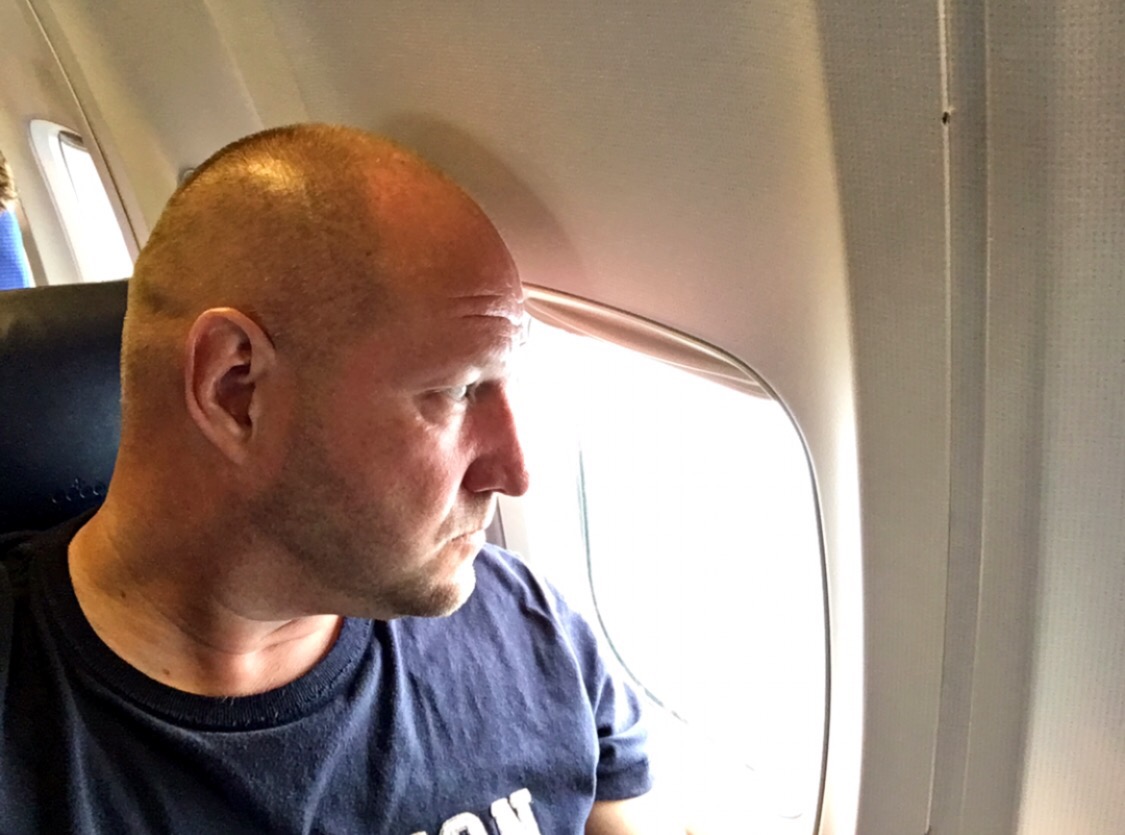
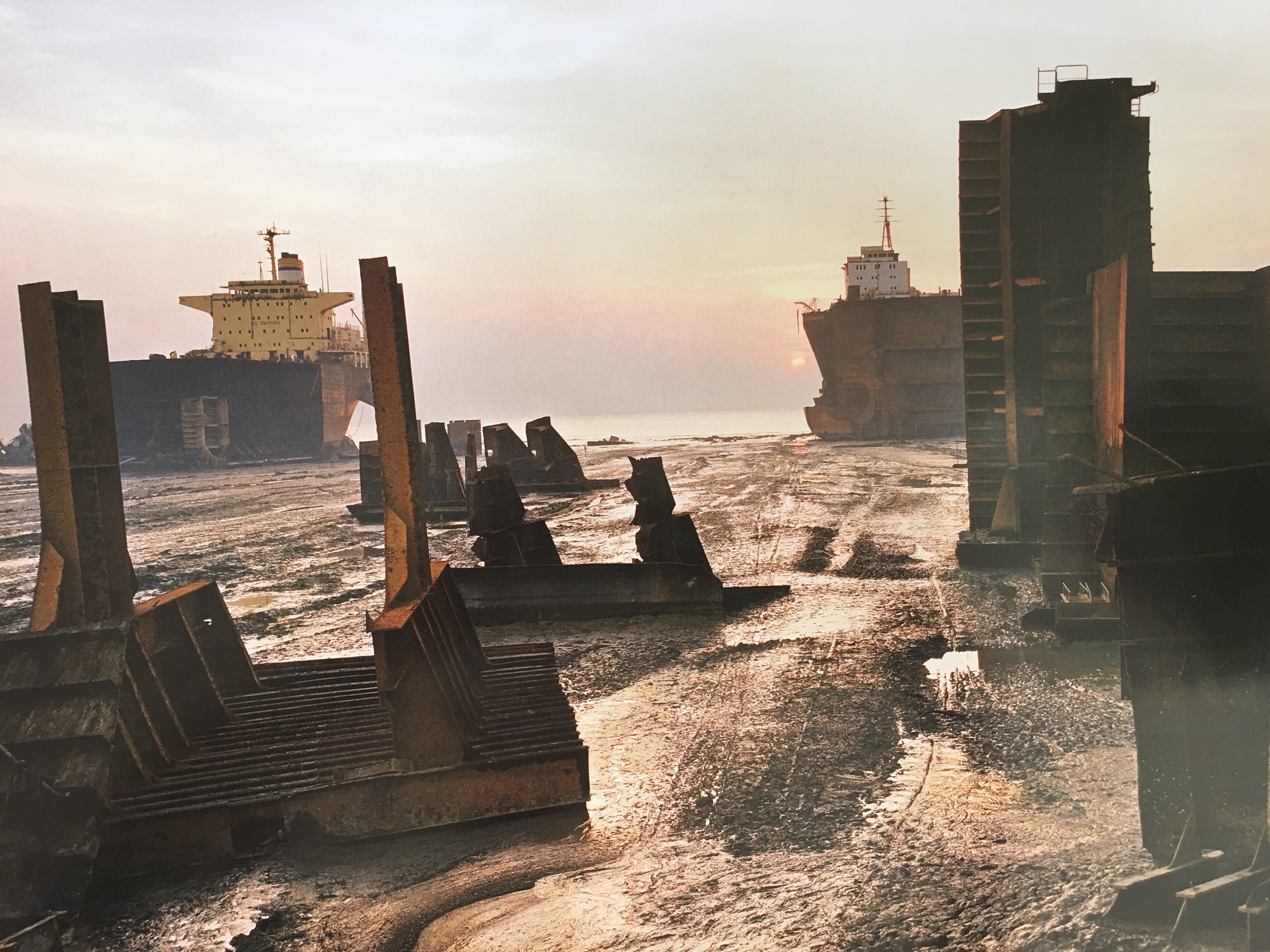
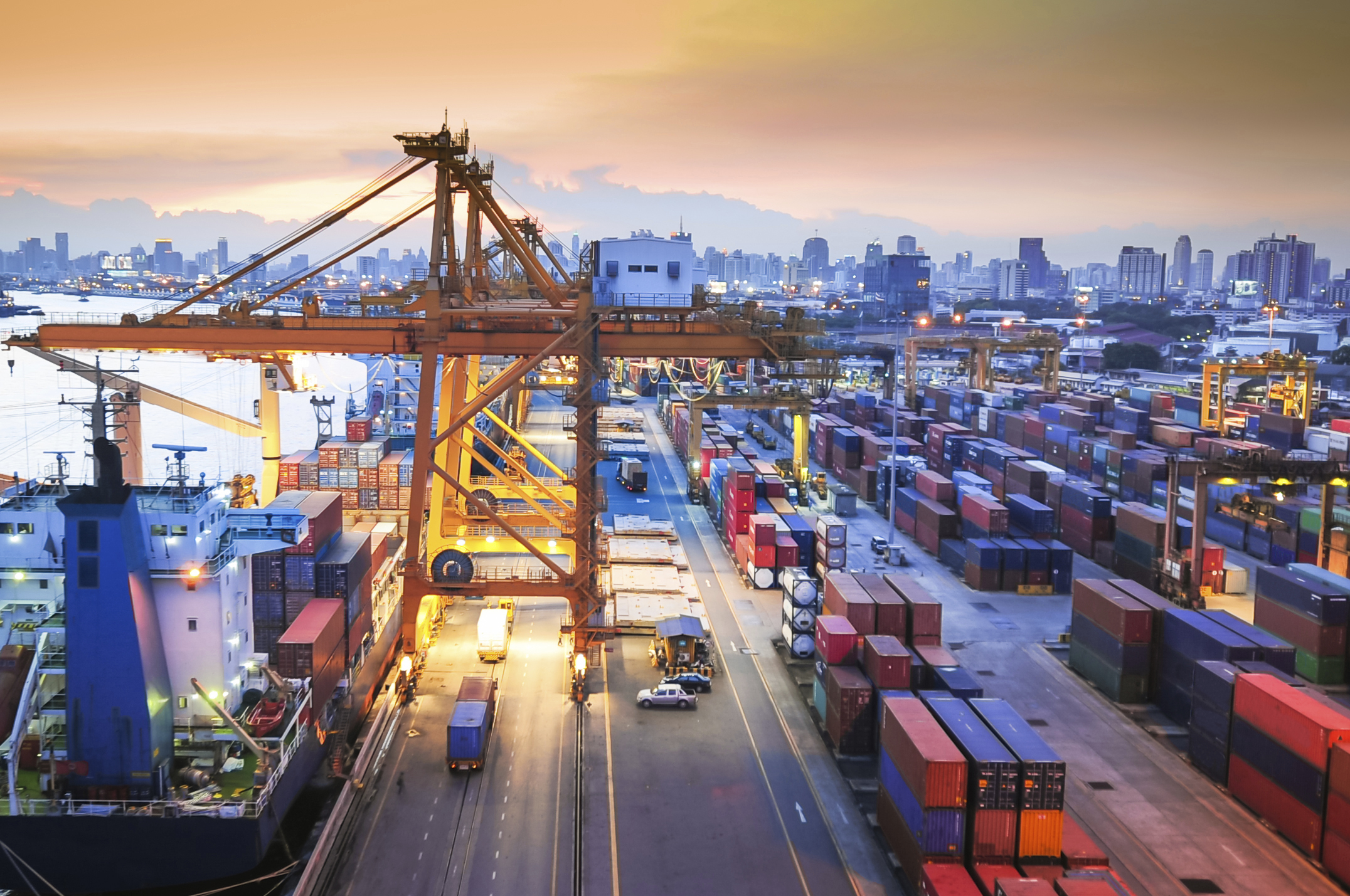

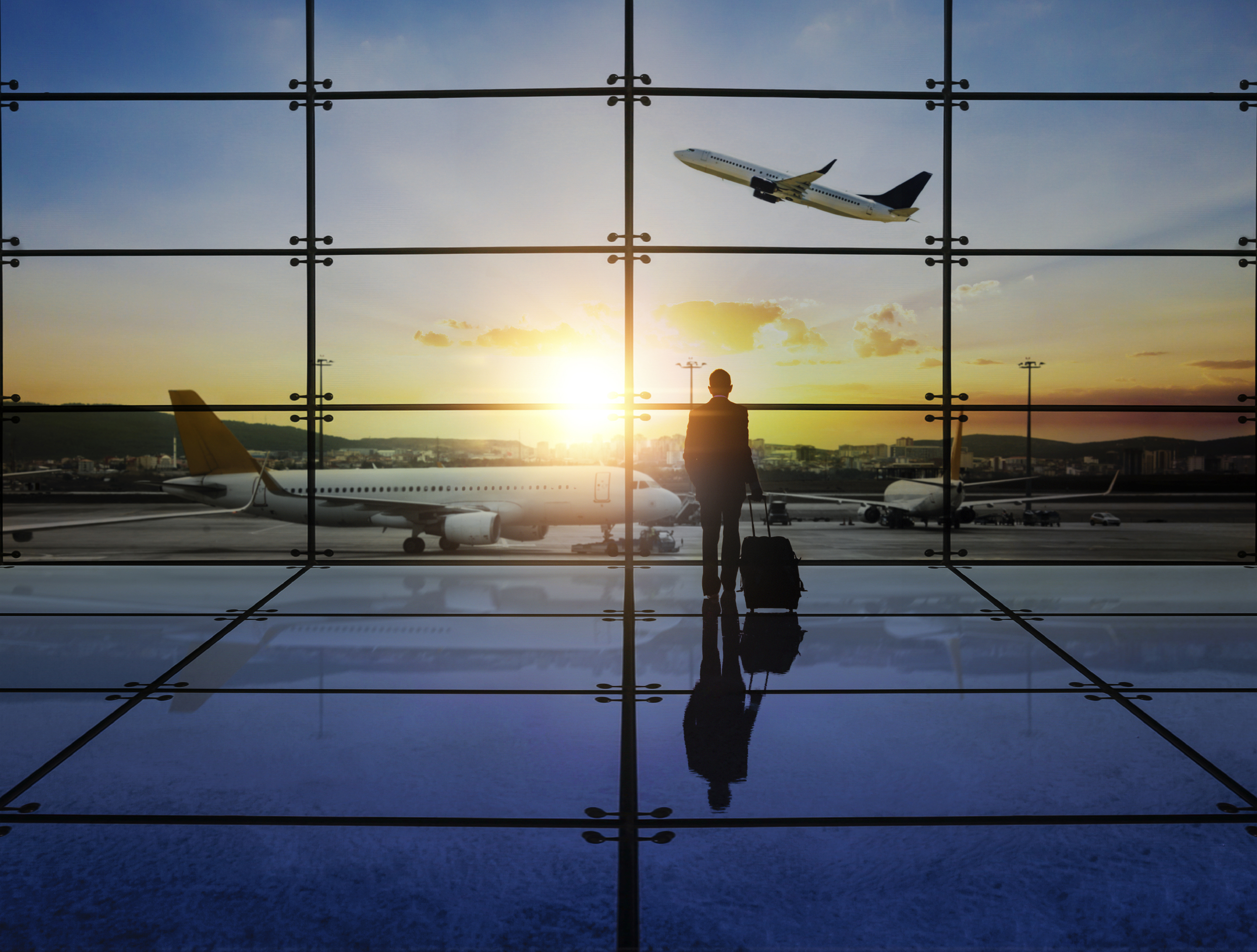

You must be logged in to post a comment.